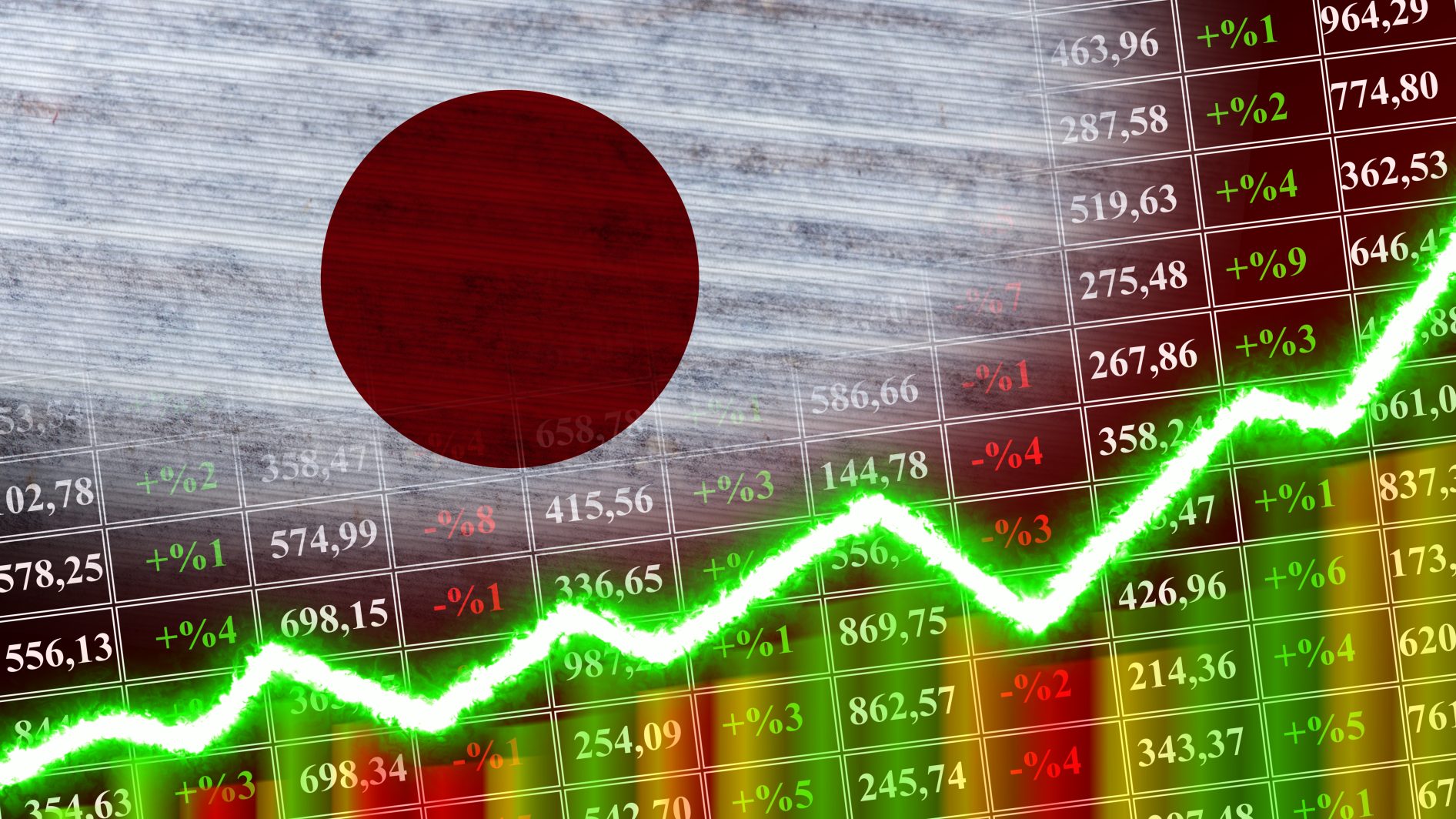Japan's Tech Stagnation: How the Land of Innovation Got Stuck in Neutral
Japan's tech stagnation deepens as US tariffs cripple its vital auto exports, forcing corporate mergers and challenging its economic revival despite past innovation dominance.

The term "Japanification" sends shivers through economists – a specter of persistent deflation, stagnant growth, and fading dynamism. Once the undisputed tech titan dominating consumer electronics and automotive innovation, Japan now finds itself wrestling with this very phenomenon, its growth engine sputtering while the world races ahead. New economic policies and shifting global tides, particularly the heavy blow of US tariffs, have exposed deep-seated challenges facing its cornerstone industries and hampered its ability to recapture past glory.
For decades, Japan was synonymous with cutting-edge technology and manufacturing excellence. Its corporations pioneered global supply chains and set benchmarks in quality. However, since 2010, a combination of demographic headwinds, cautious corporate strategies, and evolving global competition has led to prolonged stagnation, a trend now starkly visible. Policymakers responded with initiatives like the "Grand Design and Action Plan for a New Form of Capitalism," aiming to revitalize labor markets and boost global competitiveness, particularly in sectors like entertainment, by fostering public-private partnerships. Yet, the specter of "Japanification" looms large, with China even eyeing Japan's economic struggles as a cautionary tale for its own trajectory [Source: Variety].
Nowhere is Japan's struggle more evident than in its vital automotive sector, the crown jewel of its technological exports. Automobiles and parts historically constituted a massive 28.3% of all Japanese shipments to the US, representing about 28% of the total 21 trillion yen ($145 billion) worth of goods exported to America annually [Source: Reuters]. This dominance, however, is under severe threat. Sweeping US tariffs – a 25% levy on Japanese auto, steel, and aluminum exports – have slammed the brakes on this critical trade. Exports to the US fell in May 2025 for the first time in eight months, driven by a 4.1% drop in transport equipment value, and declined again in June [Source: Reuters, CNBC]. The impact is tangible: Japan's trade surplus with the US narrowed significantly, contributing to an annualized GDP contraction of 0.7% in the first quarter of 2025, weighed down by stagnant consumption and slowing exports [Source: CNBC].
This external pressure exacerbates internal challenges within Japan's corporate giants. Facing falling sales and fierce competition, particularly from agile and vertically integrated Chinese brands like BYD [Source: IndustryWeek], Japanese automakers are scrambling for solutions. Nissan and Honda, both experiencing significant strain, have confirmed they are exploring a radical step: "start[ing] consideration towards a business integration through the establishment of a joint holding company" [Source: The Guardian]. This potential merger, driven by investor volatility and the daunting prospect of competing alone, highlights the sector's fragility. While Toyota is seen as more resilient, largely due to its early and steadfast commitment to hybrid technology [Source: The Guardian], even its position is challenged by rivals like Hyundai Motor Group, recently lauded as an "Automotive Darkhorse" for its aggressive electrification and global expansion plans [Source: CleanTechnica].
Beyond tariffs and corporate consolidation, Japan faces a complex human capital puzzle. Its labor force, approximately 60 million strong as of 2024, has adapted in some ways, with increased participation from women, foreign workers, and seniors helping to counterbalance an aging population and low unemployment [Source: Statista]. Women, in particular, are increasingly seen as essential to filling labor shortages, finding roles in the expanding service sector. However, critical questions remain unanswered. The research reveals significant gaps: How fast is Japan's STEM workforce actually growing? What is the true extent of the gender gap in Japanese STEM education post-2010? How effectively is Japan attracting and retaining foreign STEM talent? Without clear data on these fronts, Japan's capacity to drive the next wave of technological innovation – beyond its traditional strengths – remains uncertain.
The picture that emerges is of a nation grappling with the difficult transition from its 20th-century industrial model. While government policies aim for a "New Form of Capitalism" and corporations contemplate unprecedented mergers for survival, the path forward is fraught. The heavy reliance on the auto sector, now battered by protectionism, underscores the vulnerability of Japan's export-oriented economy. The potential "Japanification" of China, watching Japan's struggles closely, serves as a stark reminder of the perils of stagnation [Source: Variety]. Japan's story is far from over, but reigniting its tech giant spark requires navigating turbulent global trade waters, fostering bolder corporate innovation beyond hybrids, and unlocking the full potential of its diverse workforce. The world watches to see if the nation that once defined the future can redefine itself once again.